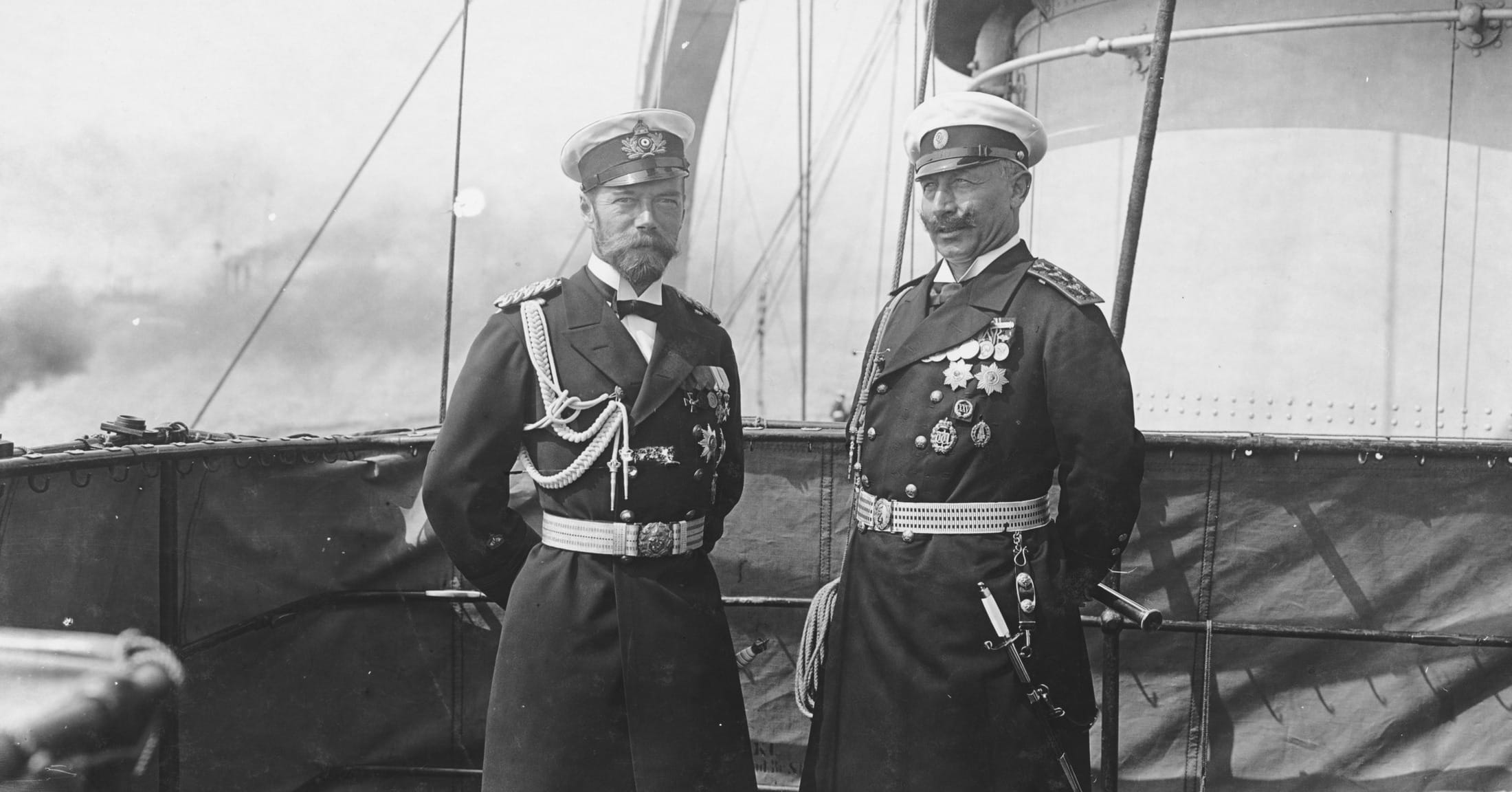On the Internet you can find publications that the American financial regulator was founded thanks to gold, which was transferred to Washington on behalf of the Russian emperor. We checked whether such statements are justified.
In numerous publications in blogs, social networks and some Media it is alleged that Emperor Nicholas II played an important role in the creation of the Federal Reserve System (FRS) of the United States - the royal gold sent overseas on his orders allegedly became the basis of the founding capital of the Fed. In some cases, specific numbers are even given: 48.6 tons of gold were transported to America (in some cases - 48,600 tons, which is about six times more current gold reserves USA, the largest in the world), which amounted to 88.8% of all shares. According to the most exotic versions, the gold was leased for 100 years, which allows modern Russia to demand its return, as well as the accumulated interest. Russian copies of the agreement were allegedly kept in the library of the Institute of Scientific Information for Social Sciences of the Russian Academy of Sciences in Moscow and were destroyed during fire in January 2015.
First of all, you need to understand what the Fed is and how it came into being. Since the 1830s in the USA didn't exist a unified Central Bank - because of this, the situation in the financial markets was not always quite stable, and banking crises occurred periodically. After one of them, the so-called banking panic In 1907, federal authorities began to prepare reform. Since there were sharp contradictions between representatives of the Republican and Democratic parties (the former demanded the creation of a private and independent single Central Bank, the latter advocated a state-controlled decentralized system), the Federal Reserve System established in December 1913 was the result of a compromise. By law Upon its creation, the country's territory was divided into 12 financial districts, each with its own Federal Reserve Bank. Their authorized capitals were formed through the sale of shares, which could only be purchased by banks registered in the corresponding financial district. These federal bank shares could not be purchased, sold, exchanged, or pledged. If it was not possible to raise at least $4 million in this way to establish a federal bank, it was allowed to issue ordinary stock shares that could be purchased by any companies and individuals, including foreigners. However, in practice, this measure is not in any case I didn't have to resort. To coordinate the activities of federal banks, a seven-member Federal Reserve Board of Governors was created, which has the status of an independent US federal agency (its members are appointed by the President and approved by the Senate).
The version of the participation of tsarist capital in the creation of the Federal Reserve System, as far as one can judge, was first put forward many decades later by an American sailor and treasure hunter Martin Beierl. Since the late 1970s, he has been searching for the remains of an ocean liner. Republic, which sank in 1909 off the coast of the United States due to a collision with another ship. Republic was owned by the fashionable White Star Line (which later launched the Titanic), had many wealthy passengers on board, and immediately after the disaster in press Rumors began to circulate that the liner was carrying a large sum of gold. Bayerl, having discovered the remains of the ship, organized a search operation in 1987, during which, however, no valuables were found. He did not give up and over time began to put forward more and more extravagant theories about the Republic cargo. Beierl presented them at special website, and in 2013 published book "The Tsar's Treasures: The White Star Wreck with a Billion Dollar Mystery." Bayerl's hypothesis, not supported, by his own admission, by any direct evidence, was that the Republic, sailing from New York to Gibraltar, was carrying American gold coins totaling approximately $3 million, which were allegedly part of a large international loan to the government of the Russian Empire.
In February 2000, Bayerl's representative shared this hypothesis with the Russian historian Vladlen Sirotkin, who in Soviet times specialized in the Napoleonic era, and in the 90s switched to the topic of Russian gold abroad (the books he published on this topic caused serious criticism from colleagues). Sirotkin presented his new discoveries in a book published in 2003. book "Golden Klondikes of Russia." Unlike the historian’s previous works, it did not even pretend to be scientific: there were no references to sources, and the bibliography given at the end included mainly articles in the media and not a single archival document. Sirotkin took Bayerl’s hypothesis as a basis, but significantly changed and colored it. So, according to him, the Republic did not go from New York to Gibraltar, as it actually was, but from Gibraltar to New York. Thanks to this, the liner’s cargo could no longer be presented as an American loan to Nicholas II, but as Russian gold heading to America.
To explain its origin, Sirotkin proposed a fantastic theory not supported by any source. According to him, since the 1890s, Russian Finance Minister Sergei Witte had been conducting secret negotiations with the financial circles of Europe and America on the creation of a global federal monetary system. Discussions took place, in particular, on international conferences in The Hague in 1899 and 1907. To implement this plan, Nicholas II allegedly began transporting gold overseas in 1908. According to Sirotkin, before 1913, at least two dozen ships with royal gold were sent to the United States, but due to the outbreak of the First World War, the project was not implemented. The historian admitted that the project was not mentioned either in Witte’s famous memoirs or in documents, but believed that it was hidden for reasons of secrecy.
Note that Sirotkin did not directly claim that royal gold in the United States formed the basis of the authorized capital of the Federal Reserve System - this idea probably arose in 2012, seven years after death historian. At that time, a rumor began to spread in the Russian blogosphere and media that the Federal Reserve’s right to issue dollars would expire in December 2012, which would cause the United States to face a financial collapse. IN reality in 1913, the right to issue was given to the Federal Reserve for 20 years, but already in 1927 it became indefinite. The idea that Nicholas II was one of the main shareholders of the Federal Reserve System is expressed, for example, in the article published on November 22, 2012 article a certain M.A. Zhukov. Of course, no evidence is provided either in this or in other publications on this topic, but later supporters of the hypothesis about Russian gold in the authorized capital of the Federal Reserve System already presented it as an immutable truth. For example, that's exactly how it is sets out in numerous publications and videos by blogger Sergei Zhelenkov (or Zhilenkov), positioning himself as a historian of the royal family (Verified did not find any information about his education and academic career in open sources).
Thus, Nicholas II, like other foreigners, was not a shareholder of the US Federal Reserve. Stories about royal gold allegedly sent before the First World War on the orders of the Russian emperor to America are conspiracy theories that appeared many decades later and do not have any documentary evidence.
Cover photo: Archiv der Marine-Offizier-Vereinigung sowie Deutsches Bundesarchiv via Wikimedia Commons
- "Radio Liberty". Kolchak gold: interview with historian Oleg Budnitsky
- O. Misko. US Federal Reserve System: history of creation and participation in public debt management
- Is it true that the eye on dollar bills is a Masonic symbol?
If you find a spelling or grammatical error, please let us know by highlighting the error text and clicking Ctrl+Enter.






